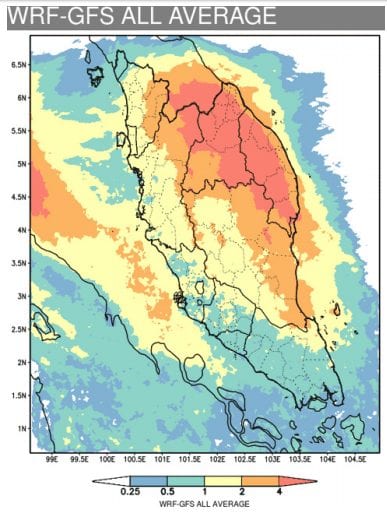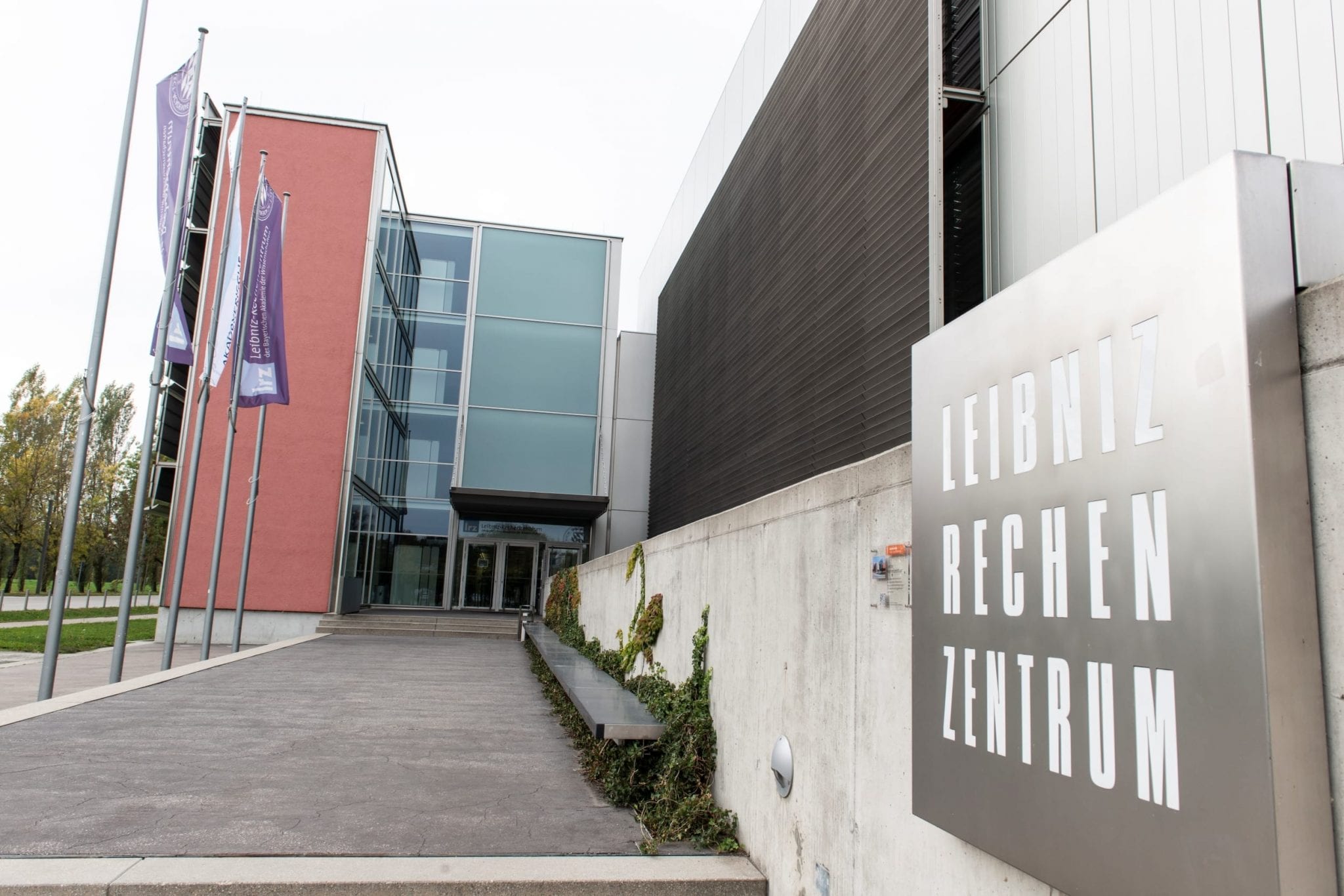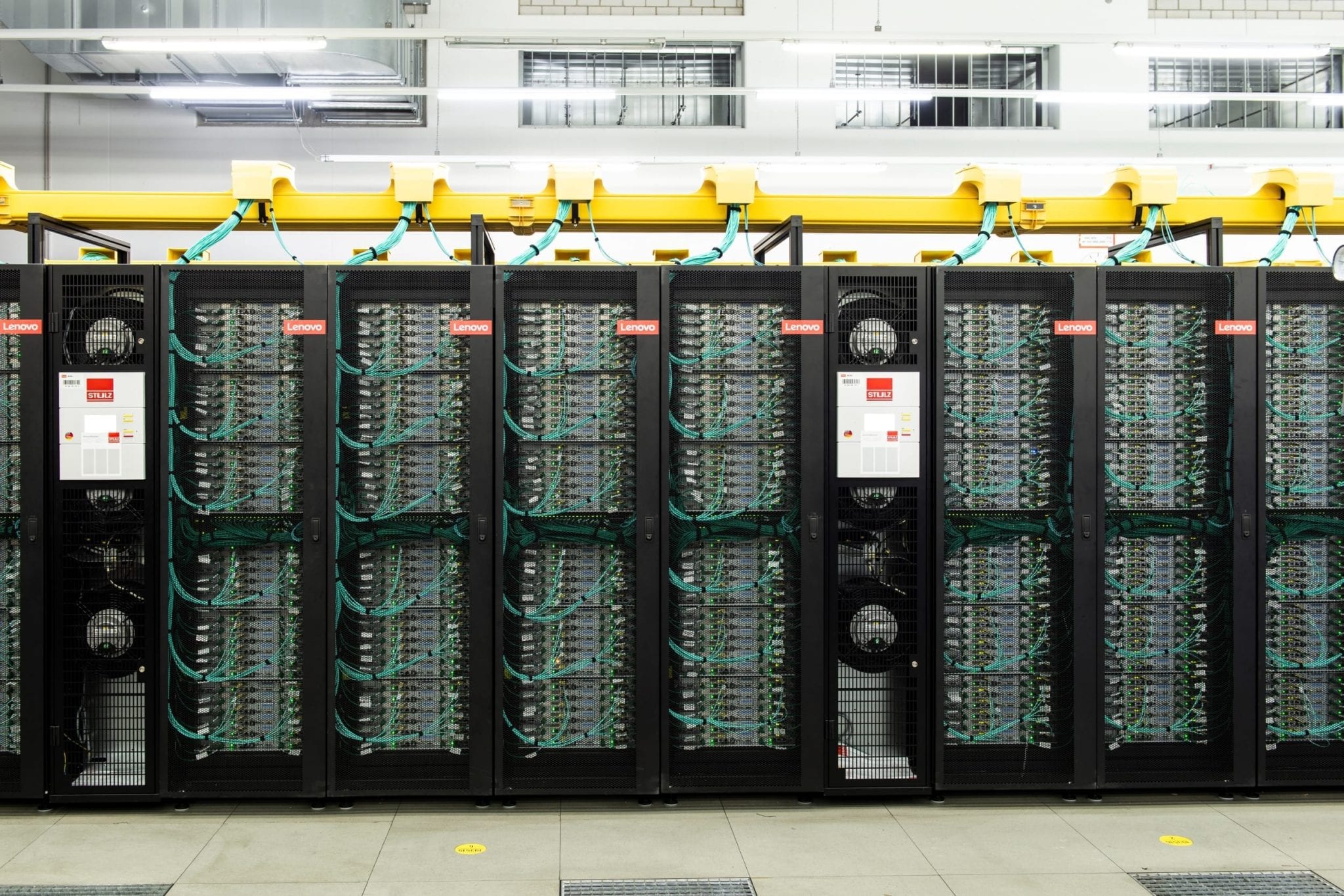When it comes to climate change, every second counts. In 2018, the world’s leading climate scientists warned that we had only 12 years to avoid disastrous climate change impacts. Any global warming increase beyond 1.5 degrees Celsius, the special report said, would significantly worsen the risk of extreme weather events, including floods, droughts and hurricanes.
But with global warming already a formidable presence, how can we know what to expect tomorrow? Next year? The next ten years? The next few decades? The logic runs something like this: If we can predict it, we can plan for it, and then be able to prevent loss of life and damage to property.
Predicting extreme weather events, which is nothing like predicting the daily weather, relies on the power of supercomputing. Using this advanced technology provides the power to predict the possibility of extreme weather havoc, hundreds, even thousands of days in advance.
Two organizations in particular have turned to Lenovo for their supercomputing needs: the Malaysian Meteorological Department (MMD) and the Climate Change and Hydrological Extremes Project (ClimEx). Both sought to do what once seemed impossible: predict the weather at a highly accurate, detailed level.
MMD serves as the country’s national weather service. Before Lenovo stepped in, MMD was delivering three-day weather forecasts at 3-kilometer resolution.
“Not only did we want to increase the range of our in-depth weather forecasts to a week, we also wanted to improve the resolution of our models to give more accurate results,” said Dr. Wan Azli B Wan Hassan, Deputy Director General (Strategic & Technical) at MMD.

To obtain the resolution and predictive capabilities necessary, MMD needed a 27-fold increase in computing performance. They needed a new supercomputing cluster.
Using a Lenovo High Performance Computing (HPC) system with water cool technology, MMD was able to triple its resolution to 1km and run models for a seven-day forecast, rather than a three-day forecast.
“The difference compared to our old HPC system is remarkable,” said Hassan. “Performance levels are so much higher, enabling us to generate longer-range, more detailed forecasts than was previously possible.”
Public and government-affiliated agencies rely on MMD’s meteorological data to serve their constituents in a variety of ways, from irrigation and drainage planning to disaster response. And with its newfound ability to issue seven-day, 1-kilometer resolution weather forecasts, MMD can better warn the public in the advent of oncoming extreme weather events.

The HPC innovation doesn’t stop there. ClimEx, a collaboration between German and Canadian supercomputing facilities, universities and water agencies seeks to synthesize meteorological research with water management practices. The project creates meteorological simulations on powerful Lenovo supercomputers at the LRZ supercomputing center.
By harnessing the power of their vast supercomputing resources, the research team at LRZ was able to create meteorological projections of unprecedented detail and accuracy. After running around 50 simulations for Bavaria and Quebec, for example, researchers gained a total of 7,500 years of climate data per location.

The simulations run on LRZ’s supercomputers are much more advanced than the rudimentary graphics projected during a normal weather report. The ClimEx models allow scientists to predict the timing and path of weather events with greater speed and accuracy, largely due to the simulation’s high spatial resolution and its ability to analyze thousands of data points at one time. With these projections in-hand, municipalities can better prepare — halting construction in some areas or building flood walls in others, sometimes years before the event will occur.
The clock is ticking on climate change, but with the help of supercomputing, researchers are gaining ever more insight into the phenomena of extreme weather events. Afterall, only if we see it coming, can we more fully prepare.
